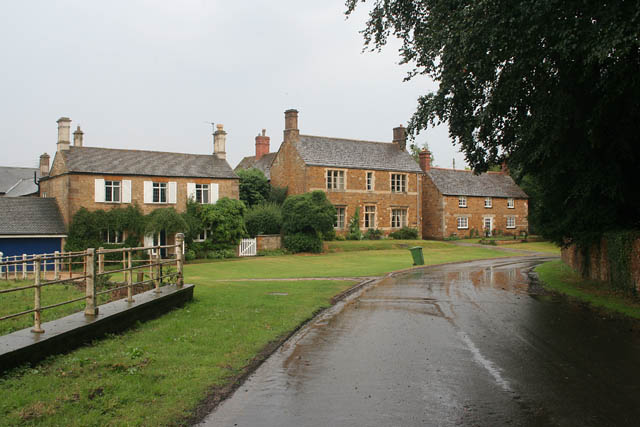Ayston on:
[Wikipedia]
[Google]
[Amazon]
Ayston is a village and  Ayston is part of
Ayston is part of
Rutland Website – Ayston
Villages in Rutland Civil parishes in Rutland {{Rutland-geo-stub
civil parish
In England, a civil parish is a type of administrative parish used for local government. It is a territorial designation which is the lowest tier of local government below districts and counties, or their combined form, the unitary authority ...
in the county of Rutland
Rutland () is a ceremonial county and unitary authority in the East Midlands, England. The county is bounded to the west and north by Leicestershire, to the northeast by Lincolnshire and the southeast by Northamptonshire.
Its greatest len ...
in the East Midlands
The East Midlands is one of nine official regions of England at the first level of ITL for statistical purposes. It comprises the eastern half of the area traditionally known as the Midlands. It consists of Leicestershire, Derbyshire, Li ...
of England. It is about one mile (1.6 km) north-west of Uppingham
Uppingham is a market town in Rutland, England, off the A47 between Leicester and Peterborough, south of the county town, Oakham. It had a population of 4,745 according to the 2011 census, estimated at 4,853 in 2019. It is known for its ep ...
, close to the junction of the A47 and A6003. The population of the village was less than 100 at the 2011 census and is included in the civil parish of Ridlington. The placename means Aethelstan's farm or settlement; the estate was granted to Aethelstan, a minister of Edward the Confessor
Edward the Confessor ; la, Eduardus Confessor , ; ( 1003 – 5 January 1066) was one of the last Anglo-Saxon English kings. Usually considered the last king of the House of Wessex, he ruled from 1042 to 1066.
Edward was the son of Æth ...
, in 1046.
 Ayston is part of
Ayston is part of Braunston
Braunston is a village and civil parish in West Northamptonshire, England, next to the border with Warwickshire. At the 2011 Census, the parish had a population of 1,759. Braunston is situated just off the A45 main road and lies between the to ...
& Belton ward which has one councillor on Rutland County Council
Rutland County Council is the local authority for the unitary authority of Rutland in the East Midlands of England. The current council was created in April 1997. The population of the council's area at the 2011 census was 37,369.
As a unitary ...
.
The Grade II* listed
In the United Kingdom, a listed building or listed structure is one that has been placed on one of the four statutory lists maintained by Historic England in England, Historic Environment Scotland in Scotland, in Wales, and the Northern Irel ...
St Mary the Virgin's Church came into the care of Churches Conservation Trust in April 2014.
Ayston Hall
Ayston Hall is a 19th-century, Grade II listed, two-storey house constructed of ashlar with a stone-tiled roof and a three-bay frontage. It stands in of garden. The house was built in 1807 byWilliam Daniel Legg
William is a masculine given name of Norman French origin.Hanks, Hardcastle and Hodges, ''Oxford Dictionary of First Names'', Oxford University Press, 2nd edition, , p. 276. It became very popular in the English language after the Norman conques ...
for George Fludyer
George Fludyer (1761–1837) was an English politician, the Member of Parliament for Chippenham from 1782 to 1802, and for Appleby from 1818 to 1819.
Early life
Born in St John Bassishaw parish in London in 1761, he was the second son of Sir ...
. He had inherited the land from his widowed mother, the wife of Sir Samuel Fludyer, 1st Baronet
Sir Samuel Fludyer, 1st Baronet (c. 1704 – 18 January 1768), of Lee Place in Kent, was an English merchant and banker who served as a Member of Parliament and Lord Mayor of London.
Biography
Fludyer was the eldest son of Samuel Fludyer, a ...
. It became the seat of the Fludyer family and descended to the 5th and last baronet, Arthur John. On his death without an heir in 1922 the property passed to his nephew James Finch. In 2013 the house was on sale for £2.75 million.
See also
* St Mary the Virgin's Church, AystonReferences
External links
Rutland Website – Ayston
Villages in Rutland Civil parishes in Rutland {{Rutland-geo-stub